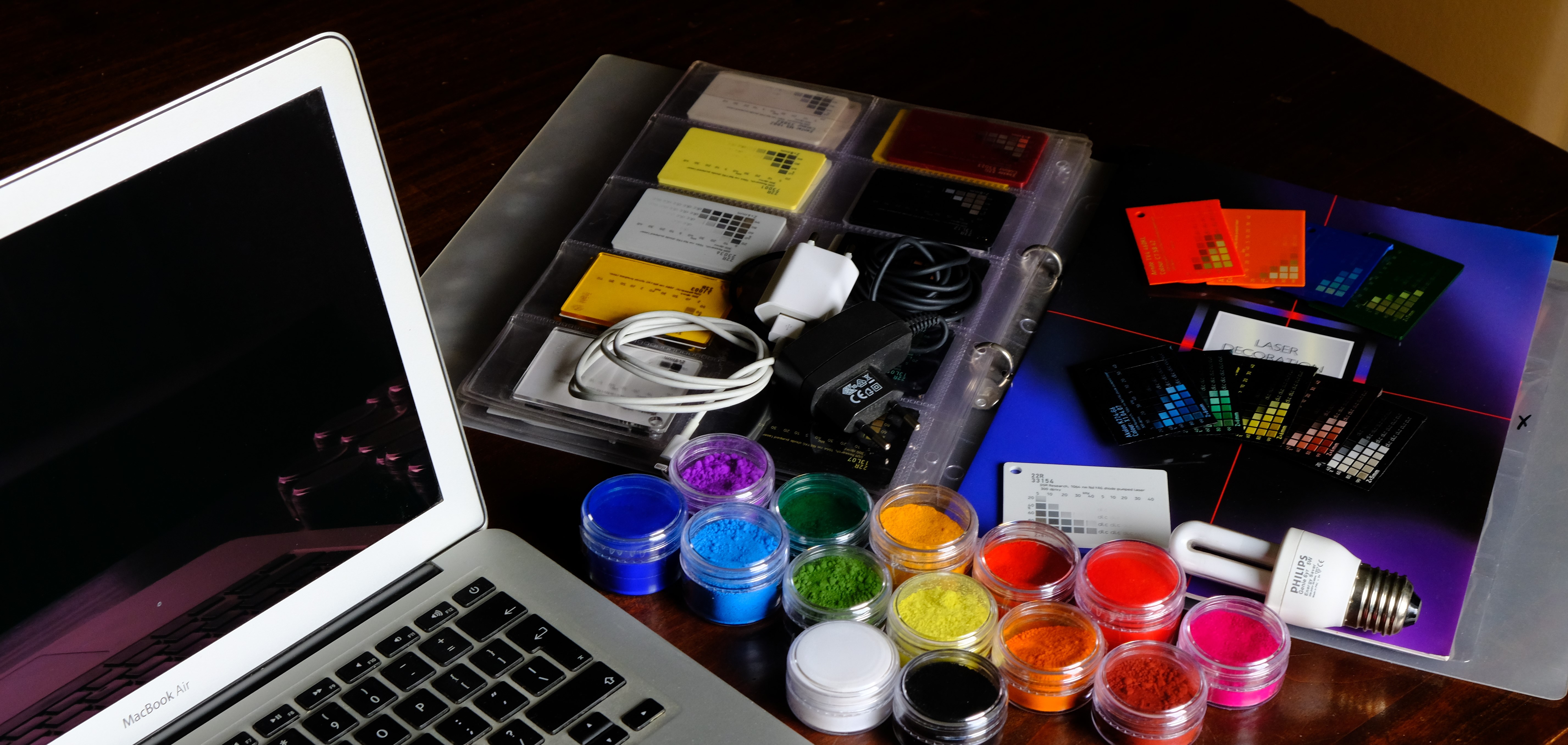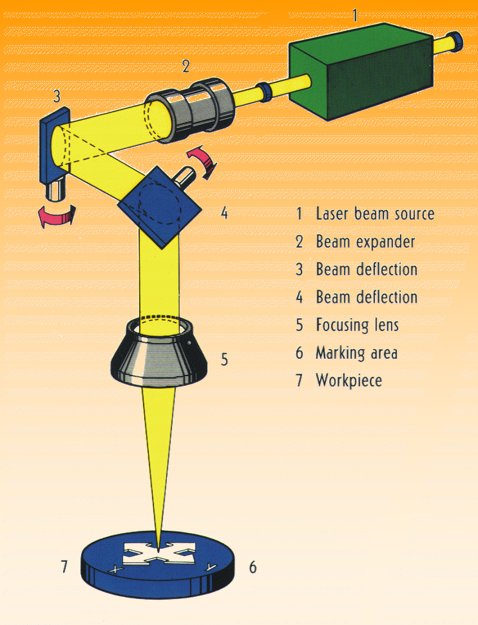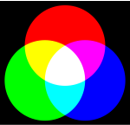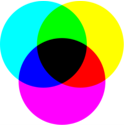LASER, a powerful versatile light source.

In all activities in the field of sustainability we would almost forget that there is a technique that has been used already for decades and in my opinion receives too little attention: LASER!
Most people know that LASER light is used in CD players (although music streaming has largely taken over this market); and everyone knows about the LASER pointers and LASER printers. But the wide range of technical and industrial applications of LASER light in marking, welding and cutting is not sufficiently highlighted.
 LASER is an abbreviation of Light Amplification by Stimulated Emission of Radiation (just so you know ?) and is simply a light source of 1 wavelength with enormous intensity, power and focus. When this light is absorbed by a material, all kinds of chemical and thermal reactions can occur. It will not surprise you that it was Albert Einstein (again) who was at the basis (theory) of this phenomenon.
LASER is an abbreviation of Light Amplification by Stimulated Emission of Radiation (just so you know ?) and is simply a light source of 1 wavelength with enormous intensity, power and focus. When this light is absorbed by a material, all kinds of chemical and thermal reactions can occur. It will not surprise you that it was Albert Einstein (again) who was at the basis (theory) of this phenomenon.Since the 1950s, with the important practical innovations of Charles Townes (American physicist), the development of LASERs has grown enormously: In our daily lives with CD players, LASER printers, LASERs for hair removal and skin disorders - In analysis with all kinds of spectroscopic techniques - In cutting and welding metals and plastics - And in marking and decorating ceramics, metals, glass and plastics.
There are LASERs for every material and every application: from CO2 (10600 nm, gas) to Nd:YAG/Nd:YVO4 (including 1064 – 532-355 -266 nm), excimer (noble gas, UV) and all kinds of diode LASERs (semiconductors, from UV to NIR); the choice of material and whether you want to weld or cut or mark and at what speed determine which LASER is most suitable for you. In recent years, compared to traditional milling cutters, waterjet cutters or inkjet printers, LASERS have become increasingly competitive in price and speed, but unsurpassed in precision.
In terms of durability, LASERS are here and there the better choice: when you look at waterjet cutting, no water is needed and as a replacement for inkjet printers, no ink is needed (with the corresponding solvents); in addition, LASERs are very low-maintenance and especially the diode-pumped LASERs last a long time. On the other hand, the energy consumption of LASERs is higher compared to inkjet printers, but if the energy is generated sustainably, this also becomes less of a problem.
It was DSM's LASER research that drew me into the world of Engineering Plastics some 25 years ago. The fascinating interaction of light and additives, pigments, dyes and also the polymer itself still amazes and intrigues me to this day.
How you can make all kinds of beautiful, wear-resistant markings and decorations in an enormous resolution (600 dpi!) with a relatively simple colour recipe and in combination with the right LASER:
White markings on black plastic: a thermal process in which the plastic foams locally and the bubbles scatter the light. Due to a smart mix of pigments and dyes, this can also generate one colour on the black plastic.
Dark and black markings on white plastic: redox reactions and thermal reactions (carbonisation) of pigment and/or polymer and additives from white to dark grey/black.
All kinds of colours are possible by removing coloured foils locally (ablation).

By-the-way, it is in principle possible to make all kinds of colours with LASER light by changing either the reflecting surface or the chromophore of the molecules; you can think of colour forming on white and light-coloured materials (Additive Colour Mixing) as well as colour bleaching of 1 or more colour components (Subtractive Colour Mixing) on ??black and dark-coloured materials. But these are not simple processes and are therefore still in full development (but serious innovative steps are being made!).

In principle, all plastics are LASER-markable, but the quality and contrast depend of course on the total composition of polymer - additives - pigments/dyes; some pigments absorb so much LASER light that the entire surface carbonises with very little contrast. And be aware that some LASER additives can have a significant influence on the material properties (impact and electrical properties).
More examples of LASER-marked plastics? The letters and texts on keyboards, cables, lamps, household appliances, barcodes on car parts and bank cards numbers.
And then it surprises me every time that there is (still?) so little use of LASERs in the packaging bags of plastic granulate to print the data, such as Grade-colour-batch numbers.
There is still a world to be gained!
Feel free to contact us or request a quotation




